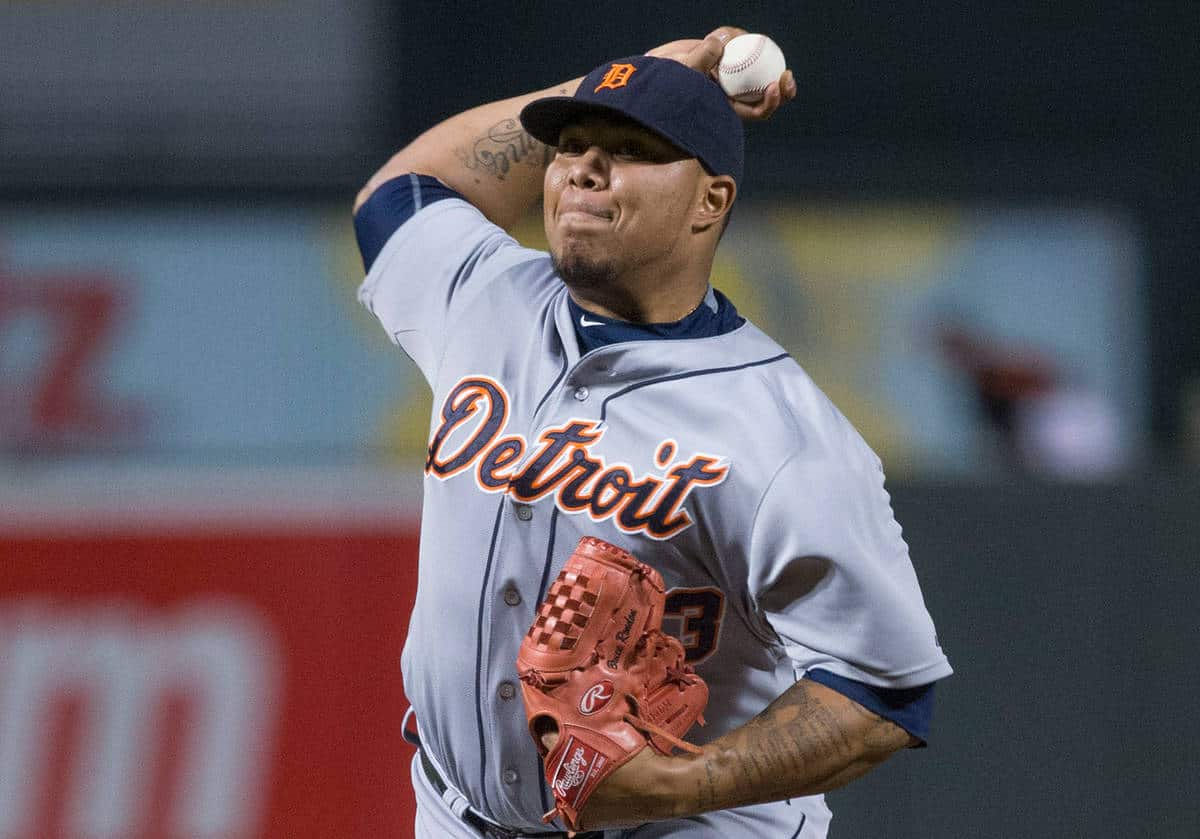The White Sox have stockpiled a whole bunch of semi-credible relief candidates using minor-league contracts. None of them look particularly overpowering.
You can ignore the lefties, because they're geared toward different purposes. If T.J. House is right, he's an extra starter or swingman. If Xavier Cedeno is right, he's a strong LOOGY who can get away with facing righties when one batter doesn't matter.
The pool of righties is where you'd look for some untapped full-inning effectiveness, but this pool isn't particularly inspiring. Here's what they're working with:
- Chris Beck: Fastball 94-95 mph, slider 25 percent of the time.
- Gonzalez Germen: Fastball 93-94 mph, changeup 33 percent.
- Jeanmar Gomez: Fastball 91 mph, changeup 26 percent.
- Rob Scahill: Sinker 93-94 mph, slider 20 percent.
- Michael Ynoa: Fastball 92-93 mph, slider 25 percent.
At this time last year, Anthony Swarzak stood out for a couple reasons. His strikeout rate had doubled over the course of two seasons, and that's because he started throwing his slider more often than his fastball after years of going for grounders. He also gave up a ton of homers with the Yankees in 2016, which was the reason they let him go in his final year of team control, but the makings of a good reliever were there as long as a team was in a position to absorb bad relief work. The Sox won that gamble. So did Swarzak, for that matter. He received a two-year, $14 million contract from the Mets.
With Beck and Ynoa, we know it's a matter of control and/or command, and Don Cooper was their pitching coach. FanGraphs wrote up Germen for having two effective secondary pitches in small samples, but it hasn't translated to larger ones. Perhaps the White Sox have some changes in mind for one or more of these guys, but from here, the only prescription is more better strikes, which is the cure for every middling pitcher.
But now here comes Bruce Rondon.
The White Sox reportedly signed the former Tiger to a minor-league contract, and his past is a difficult one to chart. He had all the ingredients to be a successful major-league reliever, with a high-90s fastball and a slider he had no problem throwing.
Alas, Tommy John surgery killed the momentum from a positive debut in 2013, and the Tigers didn't like his work ethic afterward. He finally resurfaced with quality work during the second half of 2016, but he showed up the following year with his velocity trending in the opposite direction of his weight. That combination resulted in a 10.91 ERA over 21 games scattered between early April and midsummer. He also showed that he hadn't put the emotional issues behind him when he plunked Mike Moustakas for reasons his teammates couldn't defend last July.
Bless You Boys described the current state of his arsenal after the Tigers designated him for assignment in early December:
Rondon never recovered the triple-digit fastball that led to the lofty early appraisals of his potential. His command never recovered either. On the other hand, his slider has improved over the years, and he’ll be a project for another coaching staff. Without the 100 mile per hour heat, however, his fastball has proved a dud in the major leagues. At this point he’s just another failed arm for teams to experiment with.
And so the White Sox are taking the first crack at him.
I wouldn't hold out hope that Rondon turns the corner. In fact, I'm guessing that he's not even the best Rondon acquired by the White Sox this winter. Right now, we can just say he adds a needed dose of intrigue to the proceedings, in that his variance is wider than he is. Maybe he arrives in better shape with more life on his fastball, motivated to prove the Tigers wrong. Maybe the White Sox turn him into an effective slider-first pitcher.
Oooooooorrrr ... maybe he starts a Cactus League brawl. Maybe he stops showing up.
The most likely result is that he won't separate himself from the other veteran Triple-A options, but all of these things are theoretically in play, and spring training is the time for unfettered optimism.





